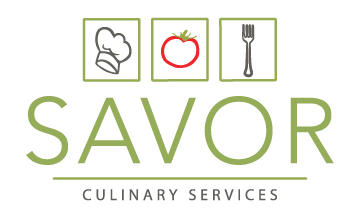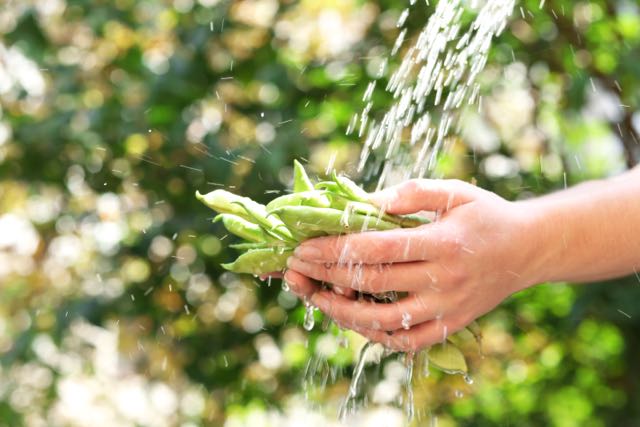When spring arrives everyone thinks about spring cleaning their closets and making their surroundings fresh and new. Spring is an amazing time to do the very same to your diet and transform your health. Everyone waits until the New Year making it apart of their New Year’s resolution but doesn’t it make more sense when vegetables are at their peak. Or better yet, if you did not quite meet your New Year’s goal now is a good time to renew that goal. With spring, everything is new and fresh. Let’s get started with making refreshing you and your diet. With longer days and warmer weather comes a new crop of fresh produce that is bursting with flavor. So out with the heavy fall and winter fare and in with springtime fruits and veggies. In-season produce has the most nutritional value and best taste. As always, before you put anything on your plate you said know why you are eating it and what it does for you body.
Strawberries – Strawberries are available year-round in most areas of the country, but their peak season is from April until June. These sweet, juicy berries are nutritional powerhouses with just 1 cup offering 3.5 grams of fiber and meeting 100% of your daily vitamin C needs. For the best flavor, buy strawberries grown close to home since they are likely to be fresher and suffer less damage in transit. Also, I would invite you taste test the difference between an organic strawberry versus a conventional one. You will not go back to conventional. Strawberries as well as all berries are low glycemic, which means you can eat them without the guilt. Not to mention the red color makes them amazing cancer fighters (phytochemicals) and a huge antioxidant. Try them with a little chocolate stevia for a quick snack.
Asparagus- Asparagus is known as the “food of kings” by Louis XIV of France. Asparagus has amazing nutritional properties. It is low in fat and high in fiber, these tender stalks are a good source of iron, B vitamins, and vitamin C. Asparagus are at their peak from March through June but can be purchased year-round. Once harvested, asparagus are fragile, so place them in your fridge in a tall glass with a little water to retain freshness and nutrition. They delicious roasted, sautéed, dipped in hummus or made into a soup.
Cherries – Sweet cherries are only available during the late spring and early summer which only for a short time. Sweet cherries are high in fiber and potassium, while remaining low in calories―just 1 cup of sweet cherries is about 100 calories. The intense color of cherries is due partly to their anthocyanin content, which is a cancer fighter and antioxidant much like strawberries. Cherries as we know make amazing desserts but try them in salads or just a snack.
Peas – Fresh peas including sugar snap peas, snow peas, and green peas can usually be found year-round but are at their peak from April through July. Like most legumes, peas are low in fat and high in fiber and are a good source of plant protein. Many protein shakes are now being made with pea protein. Green peas provide more B vitamins and zinc, while snow and snap peas offer more vitamin C. Peas are perfect to dip in dips, as a snack or even sautéed with a little olive oil.
Radishes – Radishes are root vegetables that have a bitter earthy taste with very few calories. Most people know them as simple garnishes on a plate and not a vegetable that is regularly eaten. I would encourage you to think again. One cup of sliced red radishes will give you 30% of your daily vitamin C requirement in less than 25 calories. To choose the best, pick radishes that are deep in color with solid roots. This vegetable is a flavorful addition to soups, used for dipping and adds great crunch to salads.
Fava Beans – Another vegetable that has a rich, hearty flavor is fava beans. Due to their high protein and fiber content, these beans help to keep you feeling full for longer. They make a great addition to soups or even as a side dish. They are hard to find but so worth seeking them out as a change to your normal vegetable routine.
Apricots – Apricots are a powerhouse of flavor and nutrients. They have beta-carotene like carrots (orange color), potassium, vitamin C, and fiber with only 50 calories. The peak season for this fresh fruit is from May to August. Apricots can be used on sandwiches, snacks (dried or fresh), jams, salsas, and salads.
Artichokes – While artichokes are harvested year-round, the crop peaks from March through May. A 2-ounce serving (approximately the size of the bottom of one large artichoke) has about 3 grams of fiber and just 25 calories. Artichokes are also a good source of iron, potassium, magnesium, folate, and vitamin C. Most people are scared of fresh artichokes because they can be difficult to cook. Don’t let this bother you. There are great high quality canned ones that can be used as well.
Rhubarb – Rhubarb is technically a vegetable and is often used as a fruit and is a good source of vitamin C, potassium, and manganese. Rhubarb stalks are the only part of the vegetable that should be eaten. They are often difficult to find in the southern part of the United States. Rhubarb is very tart but when sweetened, give rich flavor to sauces and pies. In its raw form has the consistency of celery. Rhubarb can also be blanched, diced, and added to salsas for a change of pace from other traditional fruit salsas. It is field-grown varieties are harvested from April through July. In some parts of the country it can be found year round.
Morel Mushrooms – Morels are coned shaped mushrooms that find their way onto plates of fine restaurants and farmers’ markets in early spring through late June. Mushrooms in general offer a great source vitamin A. They are a member of the truffle family that have nutty flavor. The spongy texture of morels makes them ideal for soaking up flavorful sauces. They are great pared with spring other spring vegetables like asparagus in a sauté or roasted. They can be a bit pricy in the stores but a little goes a long way and a true delicacy.

